Down on the plain, just a few miles from the Via Aemilia route between Parma and Fidenza, there is a little town where you can savour the easy pace of life in the meandering Po valley amid great art and exquisite cuisine. Welcome to Fontanellato, a member of the CittàSlow circuit and proud bearer of the Italian Touring Club’s Orange Flag.
History
Fontanellato’s name derives from fontana lata, or large fountain, as the town lies between the Rivers Taro and Stirone.
The castle in the middle of the main square is Fontanellato’s hub, heart and signature image. This imposing fortress, surrounded by a broad water-filled moat, was built in the 14th century on the site of an existing 12th-century defensive tower erected in 1124 by the Pallavicino family. Down the ages, it was transformed from a fortress into a noble residence by the Counts of Sanvitale, who lived there for about six centuries and sold it to the local council only in 1948. It’s now the headquarters of the Association of the Castles of the Duchy of Parma and Piacenza.
What to see
Where else could we begin but the Sanvitale Fortress, floating like an elegant island amid the colourful houses of Piazza Matteotti?
Open all year round, it guards a masterpiece of Italian Mannerism: the Camera Picta, a small room painted in 1524 by Francesco Mazzola, known as Parmigianino, with the myth of Actaeon transformed into a deer by Diana, from Ovid’s Metamorphoses. The room served as private studio for Paola Gonzaga, a place of contemplation where the lady retired to meditate on her son’s premature death.
The castle’s other rooms include:
the Sanvitale noble apartment, with furniture and decorations dating from the 16th to the 19th centuries, including the Armoury, the Ancestors’ Gallery, the Reception Hall and the sumptuous Wedding Room;
the Standard Room, with the Standard of the Blessed Virgin of Fontanellato, a large red damask drape, 5 metres long by 4 metres high: because of its shape and date (1654–56), historians believe that it was used as the flag of a ship captained by a member of Sanvitale family;
the Optical Chamber, the only one currently in use in Italy, where a system of mirrors reflects the image of the square outside onto a screen;
the Little Theatre Room, created to entertain Duchess Marie Louise’s children.
The town’s other important sites are:
- the Sanctuary of the Blessed Virgin of the Rosary outside the historic centre, a destination for pilgrims since the 16th century;
- the Assunta Oratory, with the wooden sacristy from 1720 by Giulio Seletti and decorations by Sebastiano Galeotti;
- the Municipal Theatre, designed by Alessandro Sanvitale in 1681 but demolished in 1832: the current structure dates from the 19th century and is based on the 1858 design by architect Pier Luigi Montacchini;
- the former Sanvitale stables and the adjacent Villa Gandini, with its botanic garden with 600-year-old trees.
What to do
Enjoy a special private tour of Parmigianino’s Camera Picta (for one or two people only), where you can sit in the room in peace to admire the paintings in all their glory. Bookings: rocca@fontanellato.org.
Visit the world’s largest maze, a 7-hectare star-shaped design made of bamboo, created by publisher Franco Maria Ricci in nearby Masone. The complex also has a 5,000+ m2 centre housing Ricci’s collection of 500 artworks from the 16th to the 19th centuries and his library of important prints and graphic art, including many works by Giambattista Bodoni and the entire oeuvre of Alberto Tallone.
Take a stroll in Pozzi Park in the Priorato district, 12 hectares that have been returned to nature to help recreate the lost woodland of the Po valley.
Events
The castle hosts a range of events all year round, with music concerts, food & wine fairs, and an array of special guided tours for children, history buffs, and lovers of legends and lore. Stay in the loop by keeping an eye on the events page and the monthly calendar of the local tourist site (in Italian only) or by writing to iat@fontanellato.org.
The regular events include:
- the Antiques Market, on the 3rd Sunday of every month;
- Rocca e natura, a food and craft market on the 4th Sunday of every month;
- Dispensa dei Sanvitale, a food and wine market where you can try and buy traditional jams, preserves, cheeses, liqueurs and salami from Parma and other parts of Italy.
Food & Wine
The cured meats are something special, particularly the spalla cotta (cooked pork shoulder), the culatello (Fontanellato is on the road to Zibello, home of the PDO product Culatello di Zibello ham) and the culaccia, a variant unique to Fontanellato.
The traditional dishes include anolini pasta in broth, tripe with parmesan, and tortelli with herbs (ravioli with vegetable, ricotta cheese and lots of Parmigiano Reggiano cheese and melted butter).
Fontanellato is part of the official Parmigiano Reggiano production area, so if you’d like to take home a wedge of excellent cheese, go to the dairies showing the “vendita diretta” (direct sale) sign.
Author
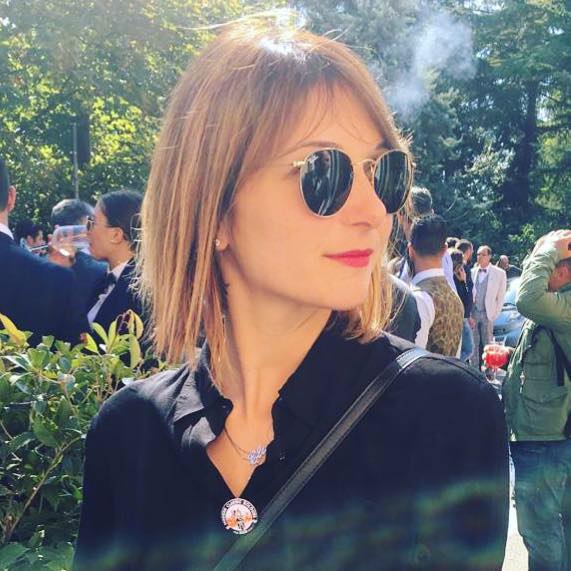
Elisa Mazzini
Social Media Manager for @inEmiliaRomagna and full-time mom.
You may also like
The “Orange Flag” Villages in Emilia-Romagna
by Elisa Mazzini /// December 10, 2024
[Emilia-Romagna Art Cities] Parma in 3 Minutes
by Walter Manni /// February 8, 2018

Interested in our newsletter?
Every first of the month, an email (in Italian) with selected contents and upcoming events.


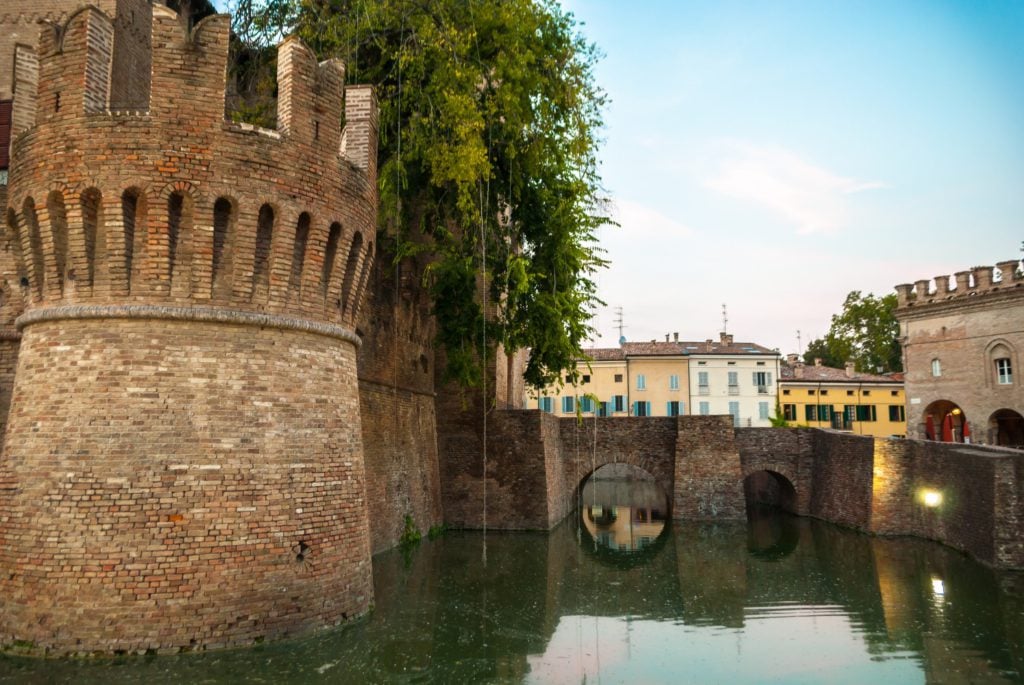

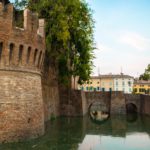
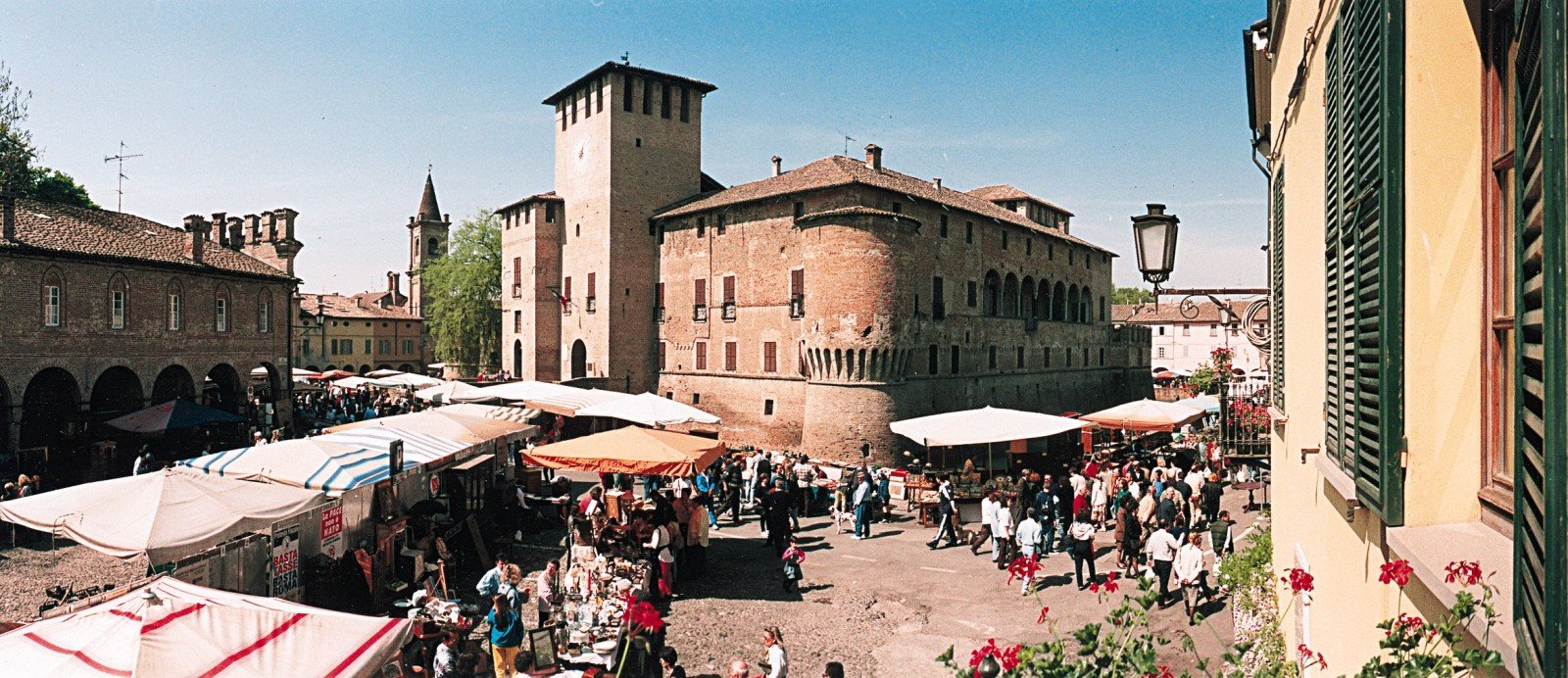
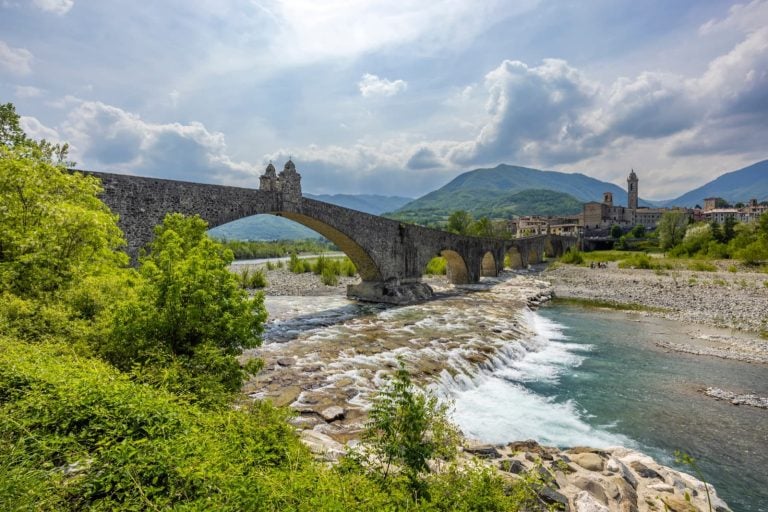
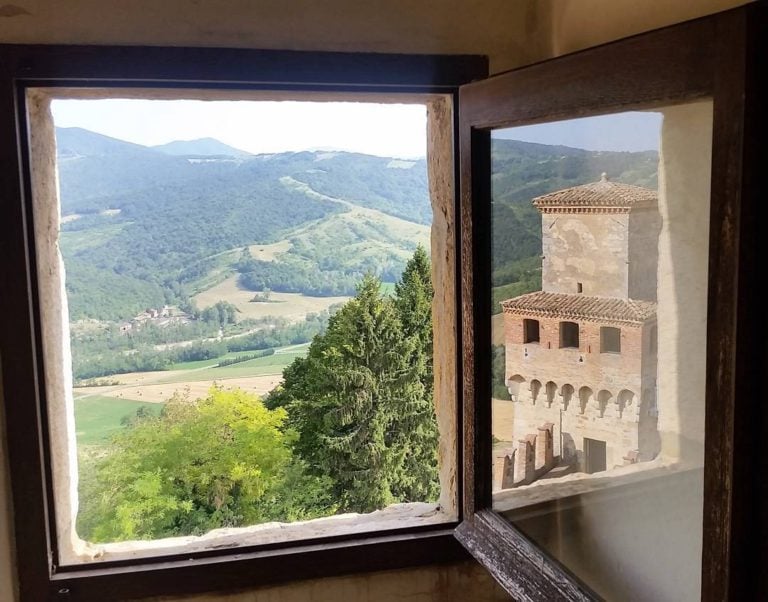
![[Emilia-Romagna Art Cities] Parma in 3 Minutes](https://www.travelemiliaromagna.it/wp-content/uploads/2021/09/Parma-Centro-storico-di-Parma-.jpg)